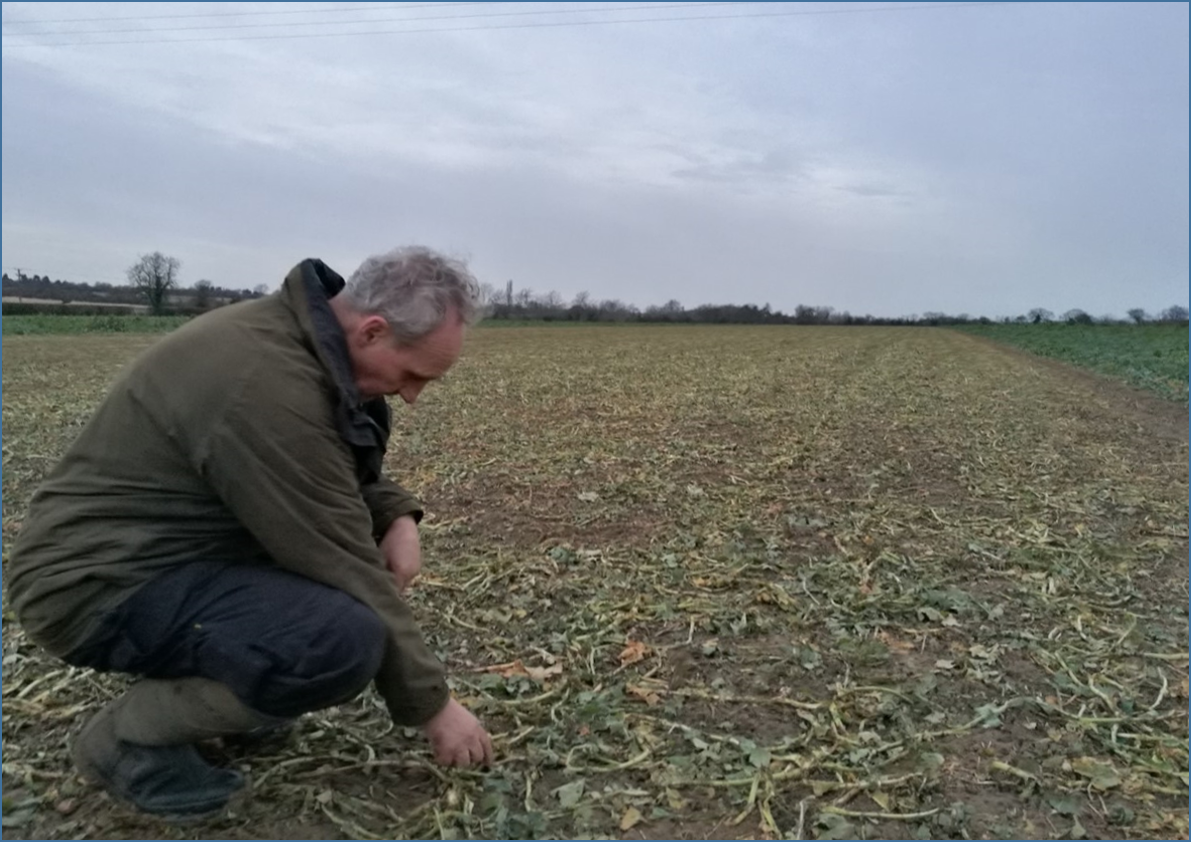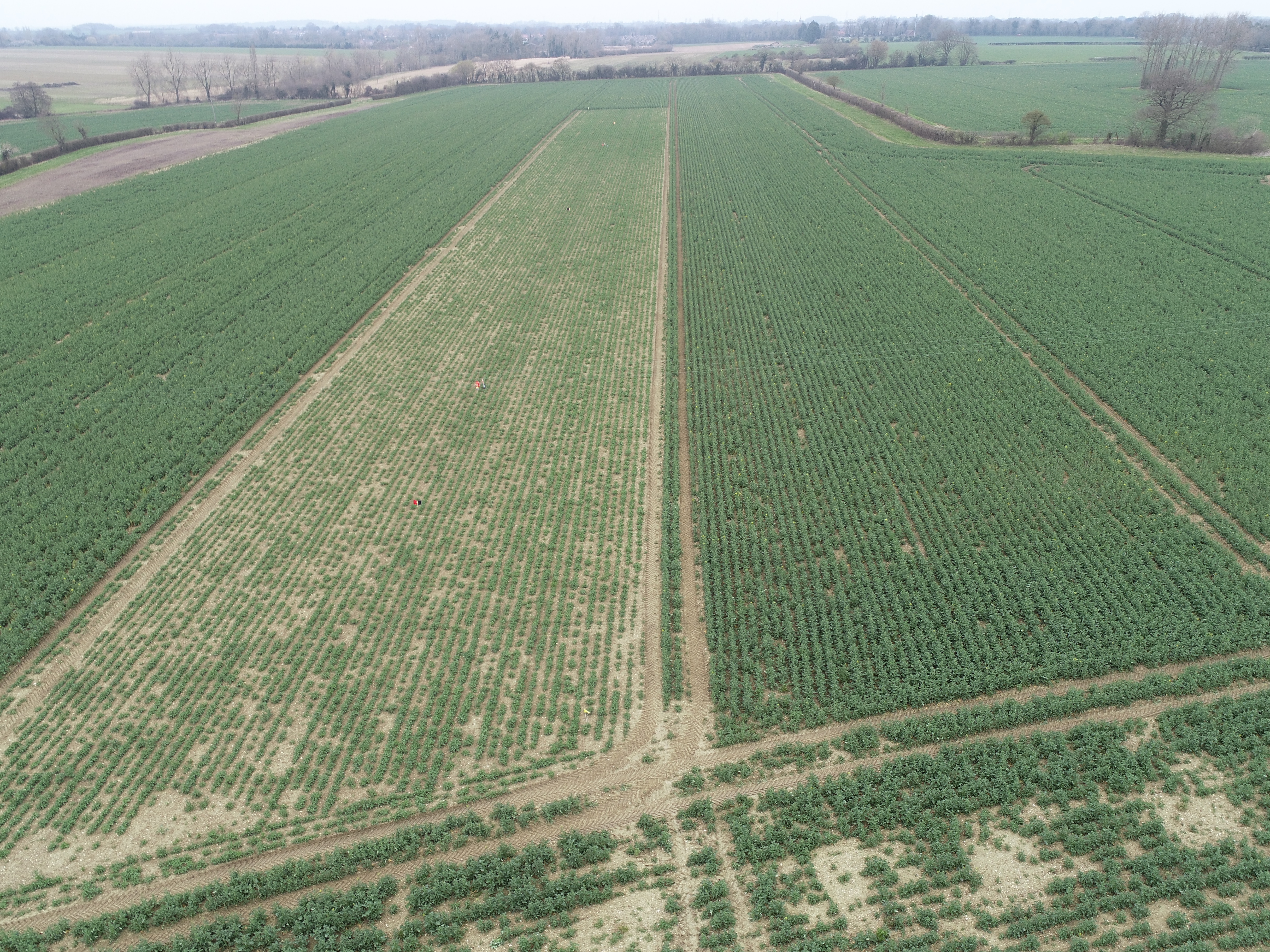



A group of four farmers are exploring the impact of winter defoliation on oilseed rape (OSR) to manage cabbage stem flea beetle (CSFB) populations.
Cabbage stem flea beetle has been the most important insect pest of winter OSR in the UK for several years. It is estimated to affect 67% of the total winter OSR area.
Building on the 18/19 trial, this field lab will assess the impact of defoliating OSR on larval populations of CSFB and on yield at harvest. Defoliation of OSR could be done using several methods, most likely using a topper or livestock.
The aim of the defoliation is to kill larvae physically (e.g. ingestion by livestock or action of topper) or exposure to inclement weather or natural enemies (e.g. by removing leaves and breaking open petioles).
This Field Lab will provide a better understanding of:
Foliar pyrethroids are the only insecticides registered for use against CSFB. However pyrethroid resistance is widespread in the UK. This has resulted in:
If successful this Field Lab will encourage wider uptake of this non-chemical control method and reduce reliance on broad spectrum pyrethroids on farms. It aims to show:
Each farm will select a field and will carry out at least two treatments: a defoliation treatment and an untreated (undefoliated) control treatment (UTC).
The triallists will carry out the defoliation, using a method that is chosen by them and is most appropriate to their resources. The defoliation will occur on at least one tramline width, the rest of the field will be the UTC.
Assessments:
Yield will be assessed by analysing yield map data.

Grazed OSR

Defoliated strip from the air (grazed)
November 2019 to February 2020
Late February to mid-March 2020.
Late February to mid-March 2020
July to September 2020
September/ October 2020

Aston University
Birmingham
Advising researchers in EPS and HLS on planning, supporting and enhancing research impact and external engagement with research activity. Delivering impact training. Previously AHDB Knowledge Transfer Manager (Cereals & Oilseeds).

ADAS
Liverpool